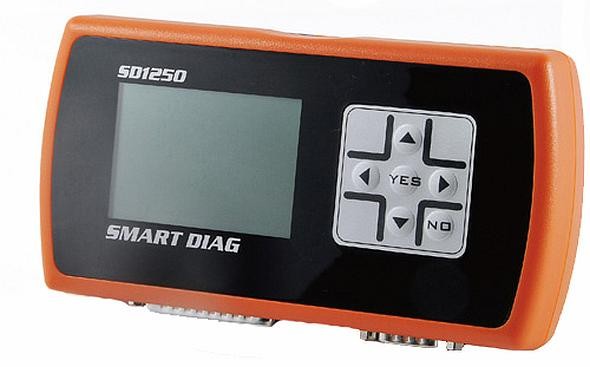The J-OBD2 mandate refers to the Japanese regulation requiring vehicles to be equipped with On-Board Diagnostics II (OBD-II) systems. OBD-II, often referred to as just OBD, is a standardized system that allows external devices to access a vehicle’s engine and emission control system data. This article will delve into the specifics of J-OBD2, its history, and its impact on vehicle maintenance and repair in Japan.
OBD’s primary function is to monitor the performance of emission-related components and detect malfunctions. In the past, diagnosing car problems often involved complex procedures and specialized tools. OBD simplified this process significantly. With OBD, mechanics can quickly identify issues by reading diagnostic trouble codes (DTCs) stored in the vehicle’s computer. These codes pinpoint the specific area of malfunction, streamlining the repair process.
Initially, OBD-I systems lacked standardization, making diagnosis challenging across different car makes and models. This changed with the introduction of OBD-II in 1996 in the United States. J-OBD2, based on the global OBD-II standard, was later adopted in Japan.
A standard OBD-II connector displaying the typical 16-pin configuration.
While initially introduced in the US, global adoption of OBD-II, including the J-OBD2 standard, led to advancements in diagnostic tools. Mechanics now have access to a wide array of scan tools and software capable of interpreting data from OBD-II systems. This enables faster and more accurate diagnoses, leading to efficient repairs and reduced downtime.
Furthermore, the standardization brought about by J-OBD2 promotes transparency in vehicle maintenance. Vehicle owners can readily access information about their car’s health, empowering them to make informed decisions about repairs.
The J-OBD2 system relies on a standardized communication protocol and a dedicated connector, known as the Data Link Connector (DLC). The DLC, typically located under the dashboard on the driver’s side, provides a physical interface for connecting diagnostic tools to the vehicle’s computer.
A typical location of the DLC connector within a vehicle.
J-OBD2 mandates that vehicles manufactured after a certain date must be equipped with this system. This regulation ensures that vehicles in Japan adhere to emission standards and contribute to a cleaner environment. The implementation of J-OBD2 signifies Japan’s commitment to environmental protection and advanced vehicle diagnostics. Through J-OBD2, vehicle maintenance becomes more streamlined, transparent, and efficient, benefiting both car owners and mechanics alike.
